Si estás buscando qué es el foam EPE, esta guía te proporcionará todo lo que necesitas saber sobre el material de foam EPE, sus propiedades, aplicaciones, ventajas y potencial de reciclaje. Como un material importante en embalaje, construcción, automoción y muchas otras industrias, entender el foam EPE puede ayudar a empresas y consumidores a elegir soluciones más inteligentes y ecológicas.
Muchas empresas que comienzan preguntándose qué es el foam EPE pronto se dan cuenta de la importancia de establecer un sistema de reciclaje de foam EPE dedicado para manejar los residuos de producción y los desechos post-consumo. Una línea avanzada de reciclaje de plásticos no solo ayuda a reducir el impacto ambiental, sino que también crea nuevos canales de ganancias al convertir materiales de desecho en pellets o bloques reutilizables.
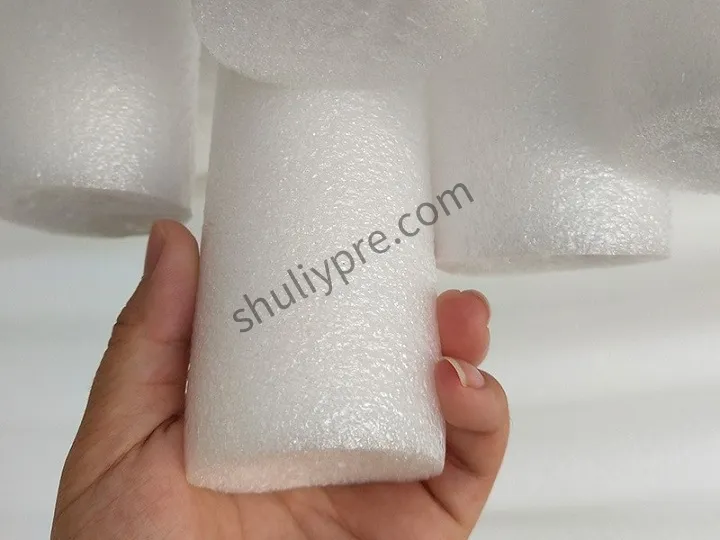
¿Qué es el foam EPE?
¿Qué es la espuma EPE? EPE significa Polietileno Expandido. Es una espuma ligera, flexible y semirrígida de celda cerrada hecha de resina de polietileno de baja densidad (LDPE). El material se produce a través de un proceso de espumado físico, donde se introduce gas en el polietileno fundido para formar numerosas pequeñas celdas cerradas.
El foam EPE es ampliamente conocido por su excelente amortiguación, absorción de vibraciones, aislamiento térmico, resistencia al agua y estabilidad química. Por esta razón, el material de foam EPE se ha convertido en una de las mejores opciones para aplicaciones de embalaje protector y aislamiento.
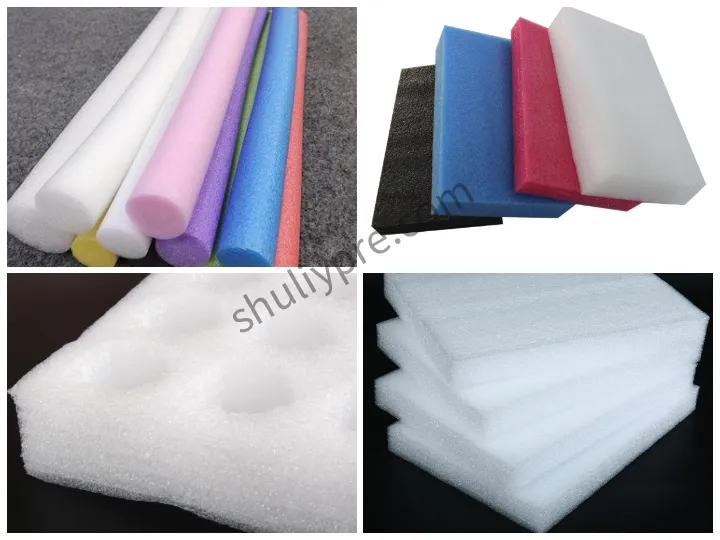
Propiedades clave del foam EPE
| Máquina trituradora | Función |
| Ligero | El material de espuma EPE tiene una densidad muy baja, típicamente entre 20-30 kg/m³, lo que facilita su manejo y lo hace rentable para el envío. |
| Resistente y flexible | Puede soportar compresión y flexión repetidas sin deformación permanente. |
| Impermeable y resistente a la humedad | La estructura de celdas cerradas de la espuma EPE previene la absorción de agua, lo que la hace ideal para el embalaje de espuma plástica protectora. |
| Aislamiento térmico | Sus celdas llenas de aire ofrecen un aislamiento térmico efectivo para usos en construcción y embalaje. |
| Resistencia química | Resistente a muchos ácidos, álcalis y aceites, adecuada para embalaje industrial. |
Aplicaciones del foam EPE
Las propiedades únicas de la espuma EPE la hacen adecuada para una amplia gama de industrias:
Embalaje protector
- Electrónica: Televisores, computadoras, instrumentos
- Muebles: Mesas de vidrio, armarios
- Electrodomésticos: Refrigeradores, lavadoras
Aislamiento en construcción
- Aislante para suelos
- Tableros de aislamiento para paredes
Aplicaciones automotrices
- Aislamiento para techos de coches
- Aislamiento para puertas
Bienes de consumo
- Colchonetas de yoga
- Colchonetas de camping
Embalaje especializado
- Hoja de espuma EPE para mercancías frágiles
- Rollos de espuma EPE para envolver piezas industriales
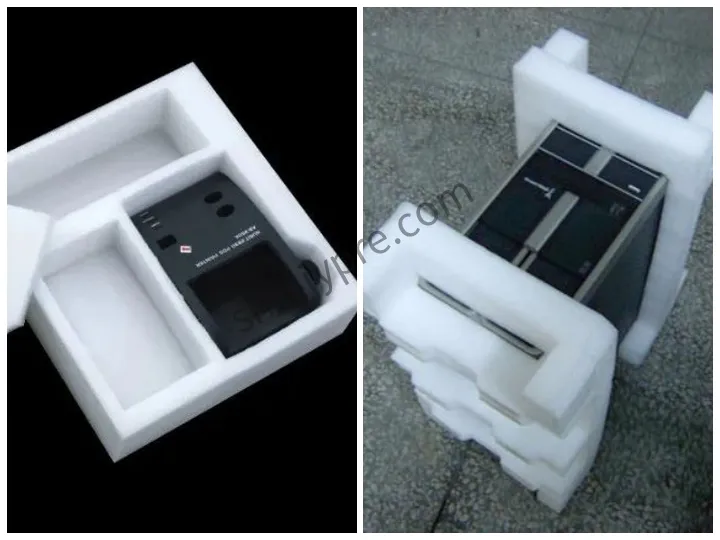
Equipo de reciclaje de espuma EPE
Para apoyar el desarrollo sostenible y reducir los desechos plásticos, se utilizan diversas máquinas de reciclaje de espuma EPE para procesar la espuma desechada de manera eficiente. Estas máquinas ayudan a transformar la voluminoso espuma EPE en formas reutilizables o compactas, facilitando el almacenamiento, el transporte y la reutilización.
Máquina de fusión en caliente EPE
Una máquina de fusión en caliente de EPE (también llamada densificador de espuma) funde espuma desechada en lingotes densos.
- Reduce el volumen de espuma en un 80%-90%
- Produce lingotes compactos para reprocesamiento
- Adecuado para espuma EPE, EPS, EPP

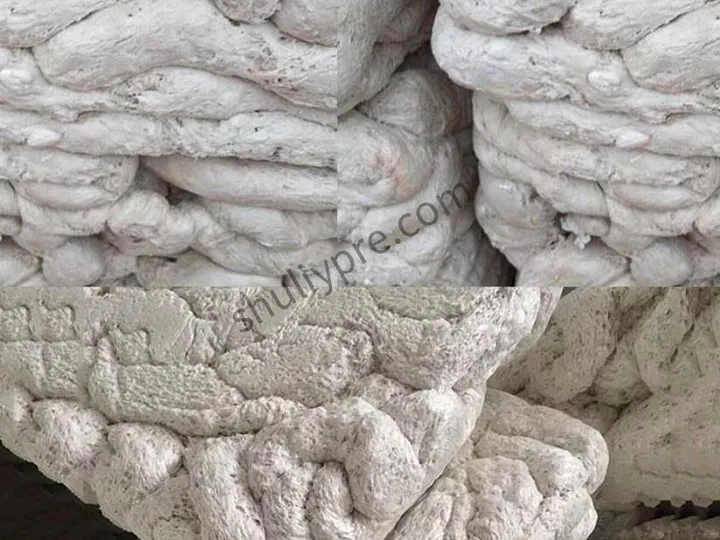
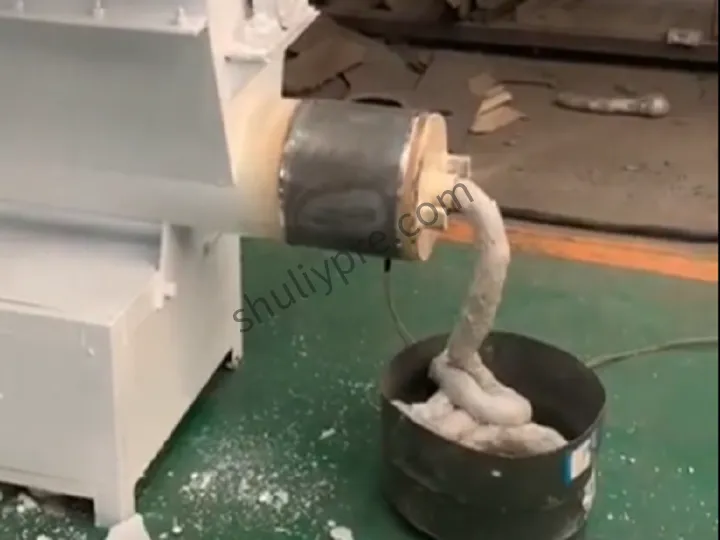
Máquina de peletización de EPE
Un pelletizador de EPE tritura y extruye espuma para crear pellets de plástico reutilizables.
- Produce pellets uniformes para nuevos productos
- Reduce los costos de materia prima
- Apoya la economía circular
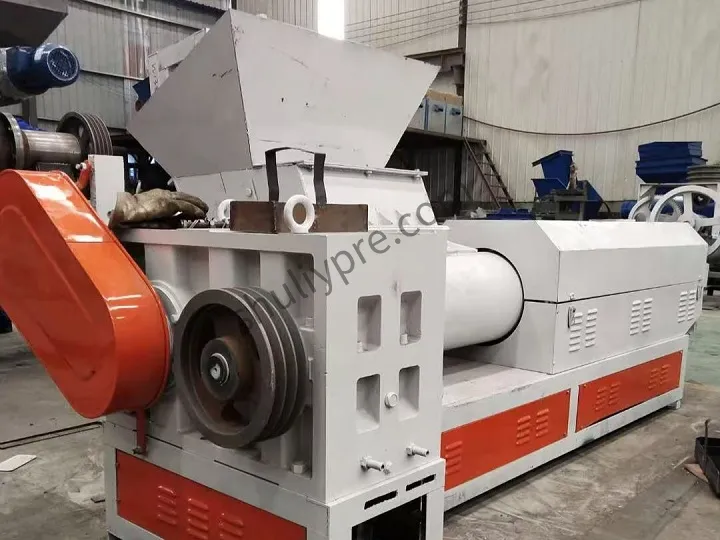
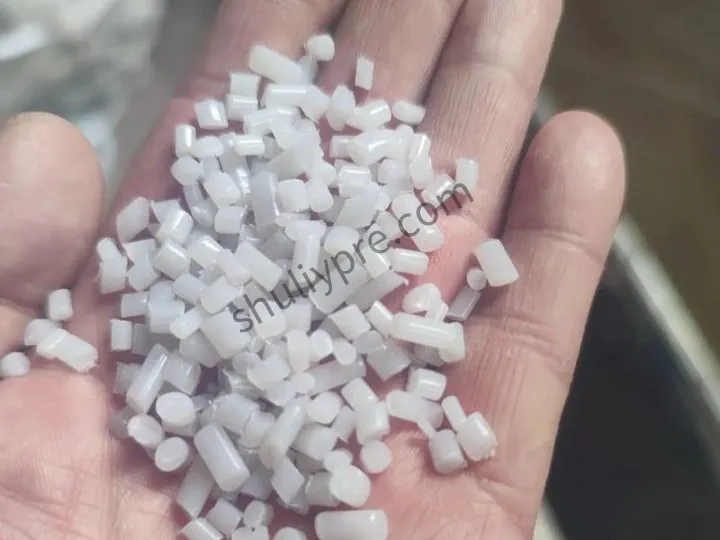
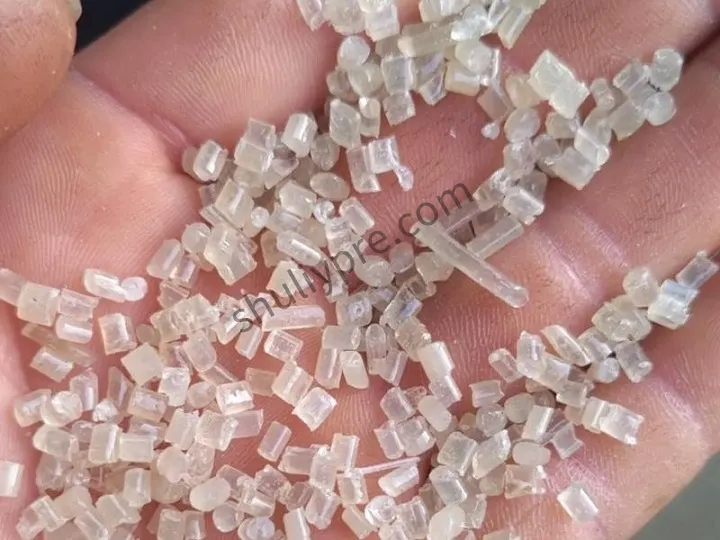
Por supuesto, también ofrecemos un conjunto de líneas de peletizado de EPE para el reciclaje de espuma de EPE. Si desea saber más sobre la máquina, por favor déjenos un mensaje en el sitio web y nos pondremos en contacto con usted a tiempo.
Descripción general del material de espuma de EPE
¿Qué es el foam EPE? El material de foam EPE se utiliza ampliamente debido a su naturaleza no tóxica, inodora y químicamente estable. Es resistente a aceites, productos químicos y la mayoría de los disolventes. Su estructura de celdas cerradas significa que el foam EPE no absorbe agua, lo que lo hace ideal para aplicaciones expuestas a la humedad. La versatilidad del material de foam EPE lo hace adecuado para el embalaje de electrónica, aislamiento, acolchado y artículos deportivos.
Densidad y grosor de la espuma EPE sobre qué es la espuma EPE?
Al discutir qué es el foam EPE, un aspecto crucial es entender la importancia de la densidad del foam EPE y el grosor del foam EPE. Estos dos parámetros determinan la resistencia mecánica del foam, el rendimiento de amortiguación y la idoneidad para diferentes aplicaciones. El material de foam EPE está disponible en una amplia gama de densidades, típicamente de 20 kg/m³ a 60 kg/m³. Las densidades más bajas son ideales para embalajes ligeros, donde el costo y el peso mínimo son prioridades. Las densidades más altas se utilizan para aplicaciones que requieren mejor resistencia al impacto, como en piezas automotrices o embalajes industriales de alta resistencia.
En términos de grosor de espuma EPE, los fabricantes pueden producir láminas o rollos en grosores que van desde 1 mm hasta más de 100 mm, dependiendo del uso previsto. Un material de espuma EPE más grueso proporciona una mejor absorción de impactos y aislamiento, lo que lo hace útil en la aislamiento de construcciones o en alfombrillas protectoras. Elegir la combinación adecuada de densidad y grosor de la espuma EPE es clave para maximizar el rendimiento de las soluciones de embalaje o amortiguación de EPE.
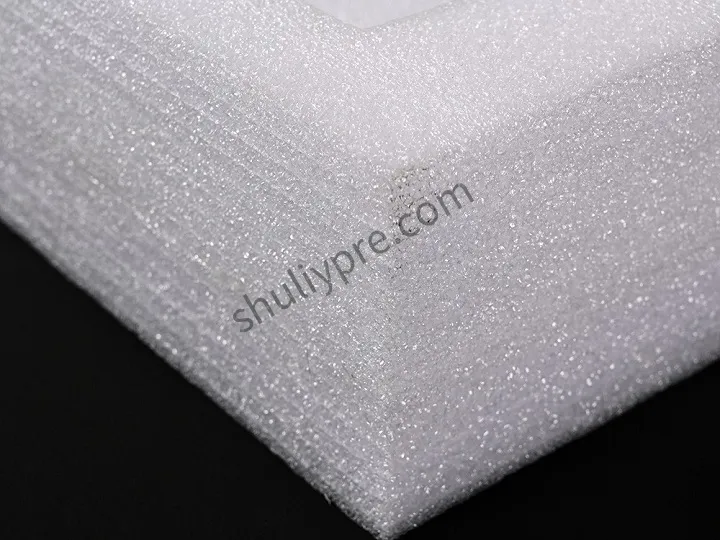
Solicitar un presupuesto para soluciones de reciclaje de espuma de EPE
Si su negocio está explorando el reciclaje de espuma EPE o buscando máquinas de reciclaje de plástico confiables, le damos una cálida bienvenida para que se comunique con nosotros para obtener una cotización personalizada. En Shuliy, proporcionamos soluciones completas para el reciclaje de espuma EPE, incluyendo máquinas de fusión en caliente, peletizadoras, compactadoras de espuma y equipos auxiliares. Ya sea que necesite una sola máquina de reciclaje de plástico o una línea de reciclaje completa, nuestros expertos pueden ayudar a diseñar una configuración adaptada a sus necesidades de producción y presupuesto.
Muchos clientes que buscan qué es el foam EPE también están interesados en cómo reciclar el foam desechado de manera eficiente y ecológica. Nuestras máquinas se exportan a todo el mundo, incluyendo regiones como el sudeste asiático, Europa y el Medio Oriente. Nos enfocamos en equipos de alta calidad, precios razonables y un excelente servicio postventa para garantizar la satisfacción del cliente.
Si está interesado en nuestras máquinas de reciclaje de plástico, o si también desea participar en un negocio relacionado con el reciclaje de espuma. No dude en ponerse en contacto con nosotros en cualquier momento.